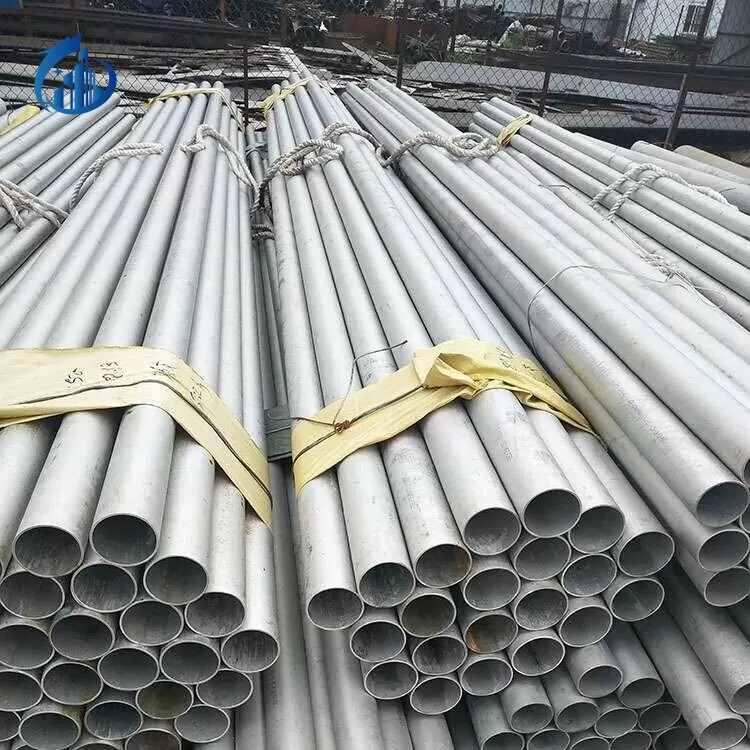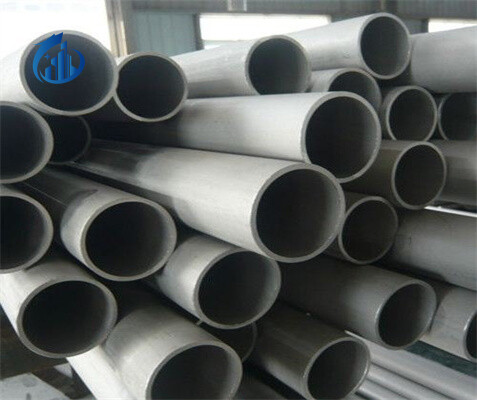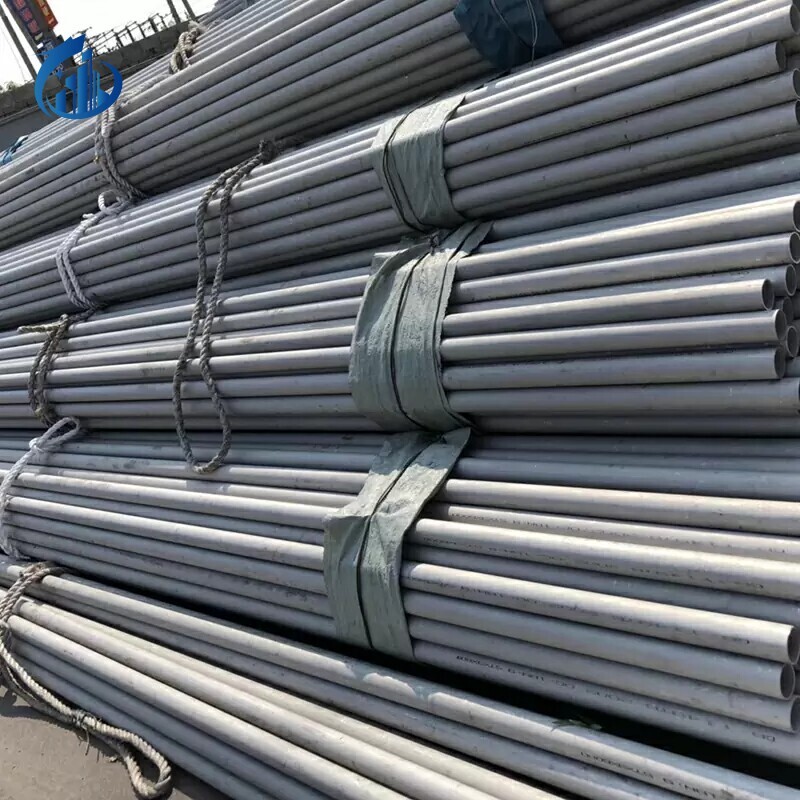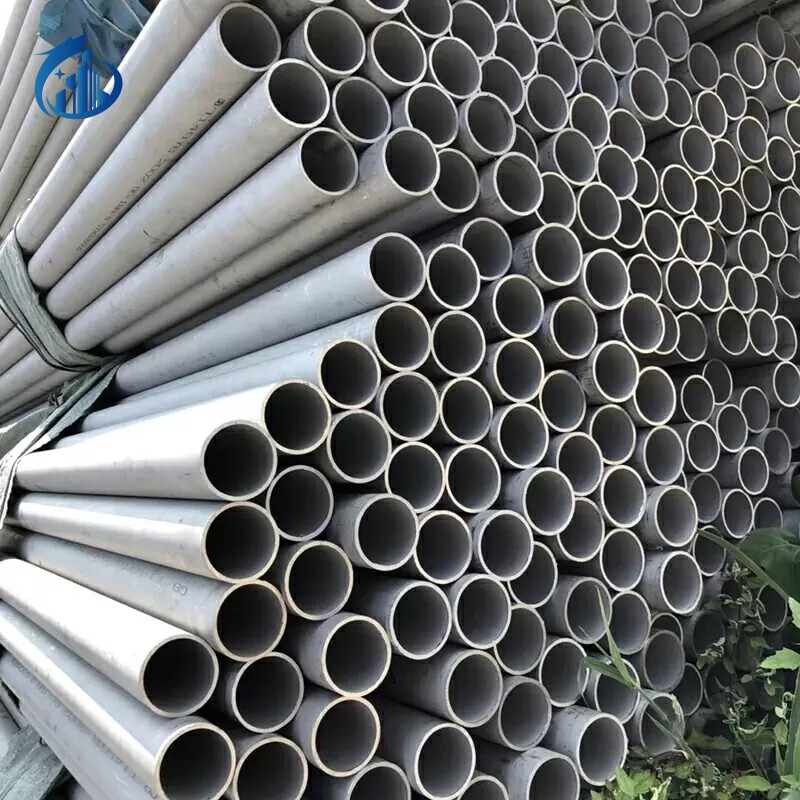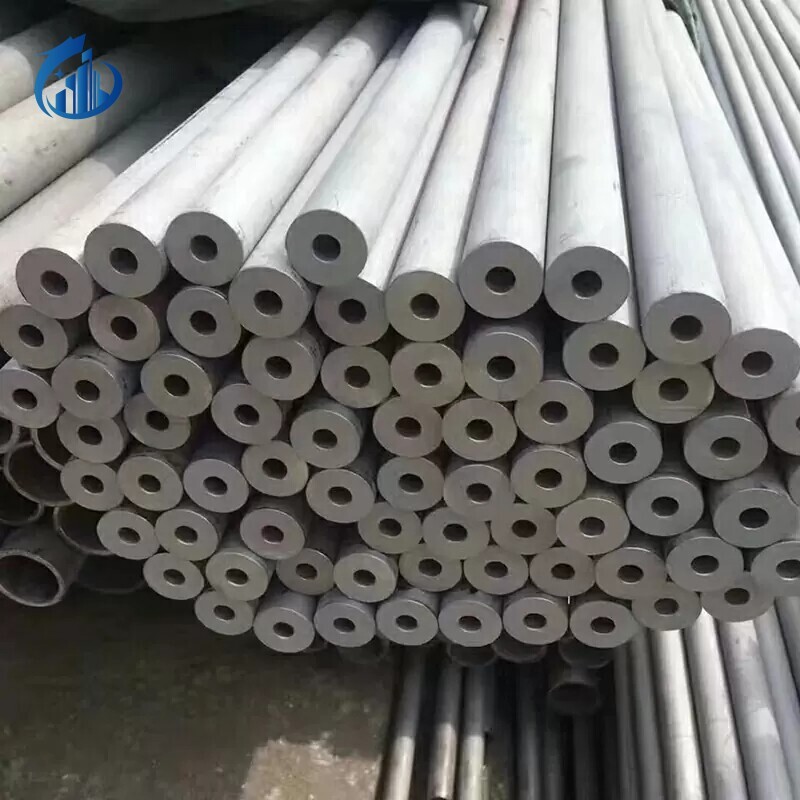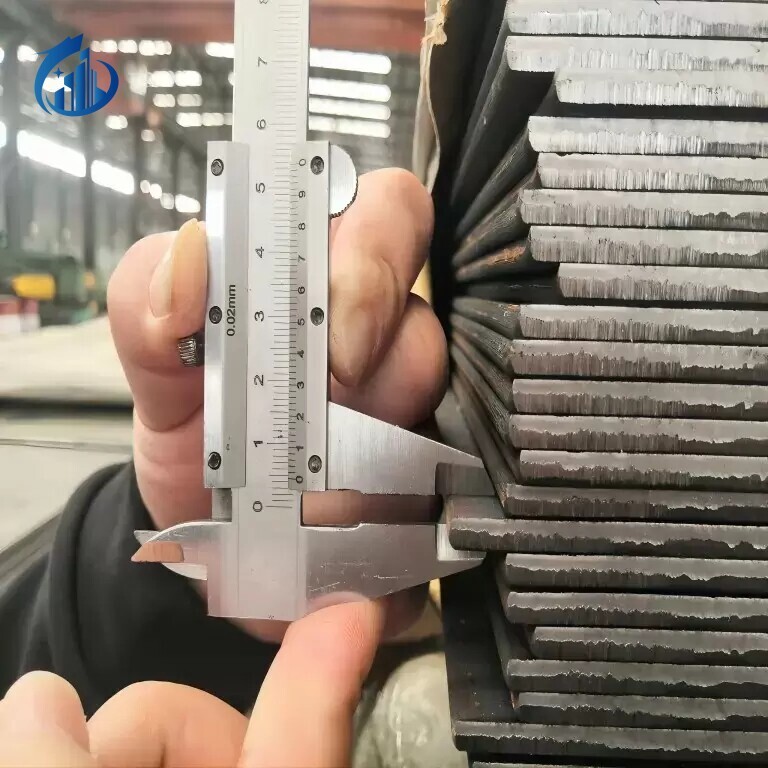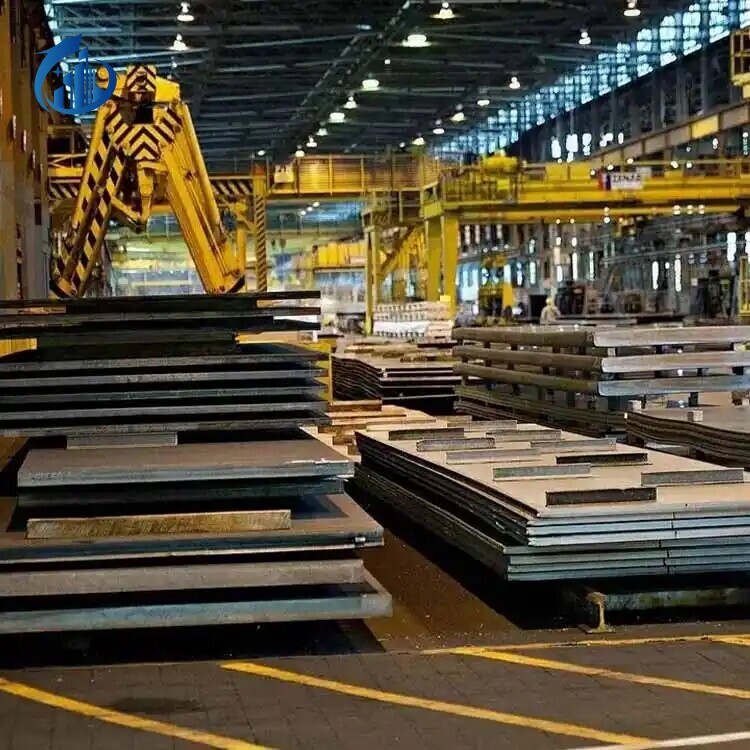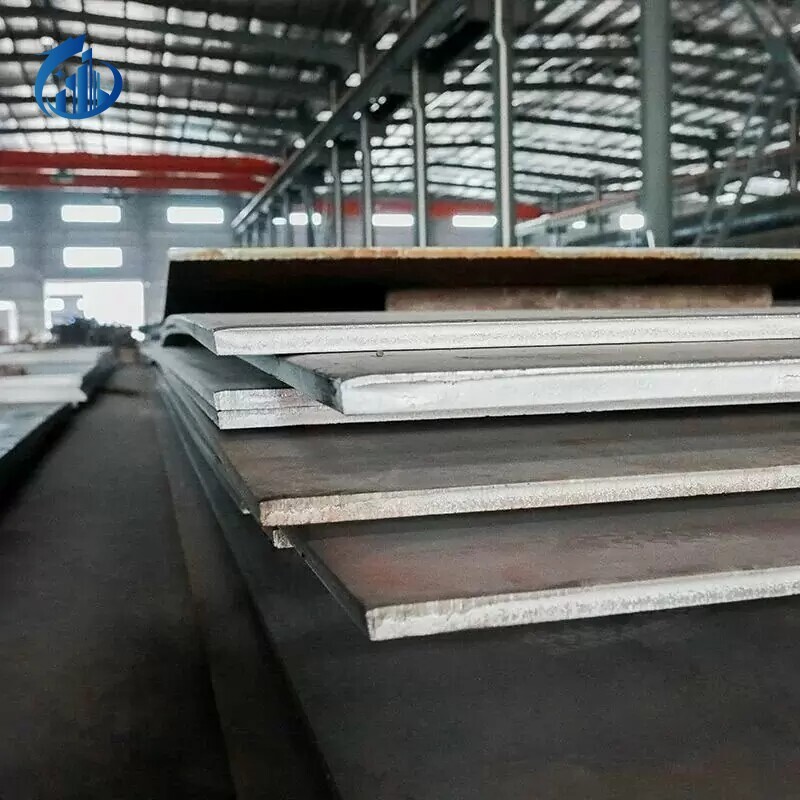
◉ Product Description
About Stainless steel pipe
Stainless steel pipe is a hollow, long strip of steel. Steel billets of acid-resistant and heat-resistant grades are selected and processed by heating, piercing, sizing, hot rolling and cutting. It has excellent bending and torsional strength and is light in weight. Widely used in petroleum, chemical, medical, food, light industry, mechanical instruments and other industrial pipelines and mechanical structural components. It is also used as a furniture and kitchenware material.
Stainless steel pipe classification:
1. Classified by material:
According to the material, stainless steel pipes are divided into ordinary carbon steel pipes, high-quality carbon structural steel pipes, alloy structural pipes, alloy steel pipes, bearing steel pipes, stainless steel pipes, and bimetallic composite pipes, coating and coating pipes to save precious metals and meet special requirements. wait.
2. Classified by production method:
According to the production method, stainless steel pipes are divided into two categories: seamless pipes and welded pipes. Seamless steel pipes can be divided into hot-rolled pipes, cold-rolled pipes, cold-drawn pipes and extruded pipes. Processing; welded pipes are divided into straight seam welded pipes and spiral welded pipes.
3. Classified by section shape:
Stainless steel tubes can be divided into round tubes and special-shaped tubes according to the cross-sectional shape. Special-shaped tubes include rectangular tubes, diamond-shaped tubes, oval tubes, hexagonal tubes, octagonal tubes, and various asymmetrical tubes. Shaped tubes are widely used in various structural parts, tools and mechanical parts. Compared with round pipes, special-shaped pipes generally have a larger moment of inertia and section modulus, and have greater bending and torsion resistance, which can greatly reduce the structural weight and save steel.
Stainless steel pipes can be divided into equal-section pipes and variable-section pipes according to the shape of the longitudinal section. Variable cross-section pipes include tapered pipes, stepped pipes, and periodic cross-section pipes.
4. Classified by pipe end shape:
Stainless steel pipes can be divided into plain pipes and threaded pipes (threaded steel pipes) according to the state of the pipe ends. Threaded pipes can be divided into ordinary threaded pipes (pipes for conveying water, gas and other low-pressure pipes, which are connected by ordinary cylindrical or conical pipe threads) and special threaded pipes (pipes for petroleum and geological drilling, for important threaded pipes, use Special thread connection), for some special pipes, in order to compensate for the influence of threads on the strength of the pipe end, the pipe end is usually thickened before threading (inner thickening, outer thickening or inner and outer thickening).
5. Classified by purpose
According to the purpose, it can be divided into oil well pipes (casing pipe, oil pipe and drill pipe, etc.), pipeline pipes, boiler pipes, mechanical structure pipes, hydraulic prop pipes, gas cylinder pipes, geological pipes, chemical pipes (high pressure fertilizer pipes, petroleum cracking pipes) ) and marine pipes, etc.
Hardness of stainless steel pipe:
Stainless steel pipes are generally measured by three hardness indicators: Brinell, Rockwell and Vickers.
Brinell hardness
Among stainless steel pipe standards, Brinell hardness is the most widely used, and the indentation diameter is often used to express the hardness of the material, which is intuitive and convenient. But it is not suitable for steel pipes of harder or thinner steel.
Rockwell hardness
The Rockwell hardness test of stainless steel pipes is the same as the Brinell hardness test, which is an indentation test method. The difference is that it measures the depth of the indentation. Rockwell hardness test is a widely used method at present, among which HRC is second only to Brinell hardness HB in steel pipe standards. Rockwell hardness is suitable for measuring metal materials ranging from extremely soft to extremely hard. It makes up for the shortcomings of the Brinell method and is simpler than the Brinell method. The hardness value can be read directly from the dial of the hardness machine. However, due to its small indentation, the hardness value is not as accurate as the Brinell method.
Vickers hardness
Stainless steel tube Vickers hardness test is also an indentation test method that can be used to determine the hardness of very thin metal materials and surface layers. It has the main advantages of the Brinell and Rockwell methods, and overcomes their basic shortcomings, but it is not as simple as the Rockwell method, and the Vickers method is rarely used in steel pipe standards.
Hardness testing
For annealed stainless steel pipes with an inner diameter of more than 6.0mm and a wall thickness of less than 13mm, the W-B75 Webster hardness tester can be used. It is very fast and easy to test, and is suitable for quick and non-destructive qualification inspection of stainless steel pipes. For stainless steel tubes with an inner diameter greater than 30mm and a wall thickness greater than 1.2mm, use a Rockwell hardness tester to test the hardness of HRB and HRC. For stainless steel pipes with an inner diameter greater than 30mm and a wall thickness less than 1.2mm, use a surface Rockwell hardness tester to test the hardness of HRT or HRN. For stainless steel pipes with an inner diameter less than 0mm and greater than 4.8mm, use a Rockwell hardness tester for pipes to test the hardness of HR15T. When the inner diameter of the stainless steel pipe is greater than 26mm, the hardness of the inner wall of the pipe can also be tested with a Rockwell or superficial Rockwell hardness tester.
Key Attribute
◉ Product Show


◉ Packing And Delivery

◉ Factory Show
◉ FAQ
◉ Get Your Free Quote Now!
◉ Related Products
 Q235Carbon steel plateCarbon steel plates contain up to 2% of their total alloying elements and can be divided into either low carbon steels, medium carbon steels, high carbon steels, and ultrahigh carbon steels.
Q235Carbon steel plateCarbon steel plates contain up to 2% of their total alloying elements and can be divided into either low carbon steels, medium carbon steels, high carbon steels, and ultrahigh carbon steels. Q235BCarbon steel plateCarbon steel plates contain up to 2% of their total alloying elements and can be divided into either low carbon steels, medium carbon steels, high carbon steels, and ultrahigh carbon steels.
Q235BCarbon steel plateCarbon steel plates contain up to 2% of their total alloying elements and can be divided into either low carbon steels, medium carbon steels, high carbon steels, and ultrahigh carbon steels. Q195Carbon steel plateCarbon steel plates contain up to 2% of their total alloying elements and can be divided into either low carbon steels, medium carbon steels, high carbon steels, and ultrahigh carbon steels.
Q195Carbon steel plateCarbon steel plates contain up to 2% of their total alloying elements and can be divided into either low carbon steels, medium carbon steels, high carbon steels, and ultrahigh carbon steels.
Leave A Message
If you are interested in our products and want to know more details, please leave a message here, we will reply you as soon as we can.

